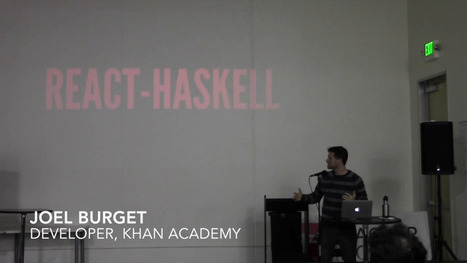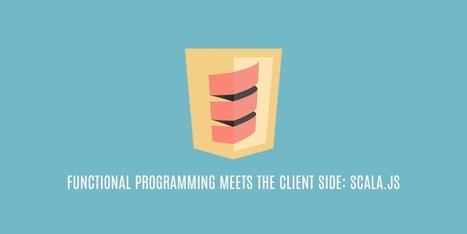Apply the principles of purely functional languages to your JavaScript to gain more reliable, self-documenting codebases.
Once your website or application goes past a small number of lines, it will inevitably contain bugs of some sort. This isn’t specific to JavaScript but is shared by nearly all languages—it’s very tricky, if not impossible, to thoroughly rule out the chance of any bugs in your application. However, that doesn’t mean we can’t take precautions by coding in a way that lessens our vulnerability to bugs.




 Your new post is loading...
Your new post is loading...


























